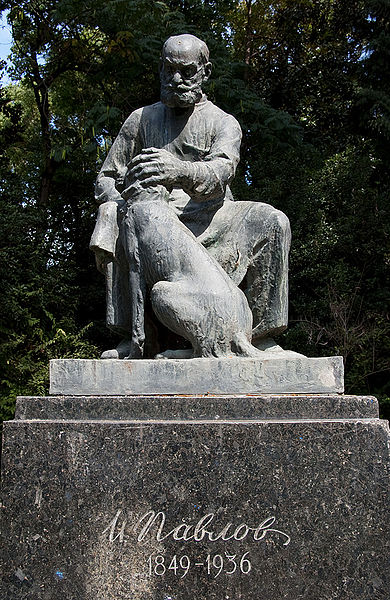I think consumers should learn more about the true origin of products and what the products are meant to be rather than pay attention to vague details.
In most cases, products are bought for the appeals. Either a physical appeal or a brand appeal or a promotion appeal.
. Physical Appeal: people buy with their eyes and are influenced by aesthetics and fashion.
. Brand Appeal: most sold brands are building growth on the concept of popularity.
. Promotion Appeal: either a discount or an extra products or the use of a celebrity endorsement can increase sales.
. More often than not, consumers are blind sided by simple conditional responses. Let's review 2 conditioned stimuli for the liquor industry.
---> Stimulus 1 = Item descriptions
Three Examples of Item Descriptions
Example 1
Matured in both traditional sherry casks and heavily peated casks. On the nose, it displays aromas of dried bitter orange complemented by softer notes of lemon peels, cardamom and anise. The palate is rich with notes of lemon, grapefruit and toffee that merge with rich spiced apple and liquorice undertone. The long finish leaves behind hickory smoke, toasted cloves and light vanilla.
Matured in both traditional sherry casks and heavily peated casks. On the nose, it displays aromas of dried bitter orange complemented by softer notes of lemon peels, cardamom and anise. The palate is rich with notes of lemon, grapefruit and toffee that merge with rich spiced apple and liquorice undertone. The long finish leaves behind hickory smoke, toasted cloves and light vanilla.
Example 2
On the nose, it displays bold, complex aromas of orange peel, ginger, nutmeg, clove and other baking spices which are complemented by notes of charred oak, caramel, and a hint of gingerbread. Full-bodied and rich on the palate, sweet, warming notes of caramel and vanilla are followed by rye-spice and mint flavors, which blend seamlessly into butterscotch and dark chocolate on the long, crisp finish.
On the nose, it displays bold, complex aromas of orange peel, ginger, nutmeg, clove and other baking spices which are complemented by notes of charred oak, caramel, and a hint of gingerbread. Full-bodied and rich on the palate, sweet, warming notes of caramel and vanilla are followed by rye-spice and mint flavors, which blend seamlessly into butterscotch and dark chocolate on the long, crisp finish.
Example 3
It has been carefully distilled to capture the nuance of the malted barley, then aged in new charred American oak barrels for ten months. The resulting spirit is floral with harmonious notes of vanilla, caramel and sweet spice leading to a hint of dark chocolate on the finish.
It has been carefully distilled to capture the nuance of the malted barley, then aged in new charred American oak barrels for ten months. The resulting spirit is floral with harmonious notes of vanilla, caramel and sweet spice leading to a hint of dark chocolate on the finish.
. These notes were created to signal quality and to appeal to consumers based on conditioned words. In this situation, the conditioned words are: vanilla, orange, caramel, spice, and chocolate in most case.
---> Stimulus 2: ratings
Another typical classical conditioning is the use of ratings. Ratings are made to help consumers quickly make decisions. Consumers in many situations try to save mental energy and for this purpose they learn in many different ways including classical conditioning. Hence, marketers have created these ratings for this purpose, i.e., to create a simple "heuristic" to speed decision making.
Example:
2010 Château de Somewhere ($49.99): It exhibits a deep plum color as well as sweet aromas of kirsch, cassis, licorice and lavender. Richly fruity and pure with low acidity and terrific purity, it should drink well for 10-12 years. 94 points by XX, 92 points by XX, 90 points by XX
2010 Château de Somewhere ($49.99): It exhibits a deep plum color as well as sweet aromas of kirsch, cassis, licorice and lavender. Richly fruity and pure with low acidity and terrific purity, it should drink well for 10-12 years. 94 points by XX, 92 points by XX, 90 points by XX
Classical conditioning (also called Pavlovian Conditioning) was made famous by Ivan Pavlov when he revealed the "conditioned reflex" of salivations from his dogs. Pavlov, the "master" was able to dominate his 'dogs' by conditioning them. Classical conditioning is a powerful tool mostly in favor of the marketers (masters) and not so much in favor of the consumers (dogs). Sorry!
Source Photo: Я автор этой фотографии (Wikipedia)

No comments:
Post a Comment